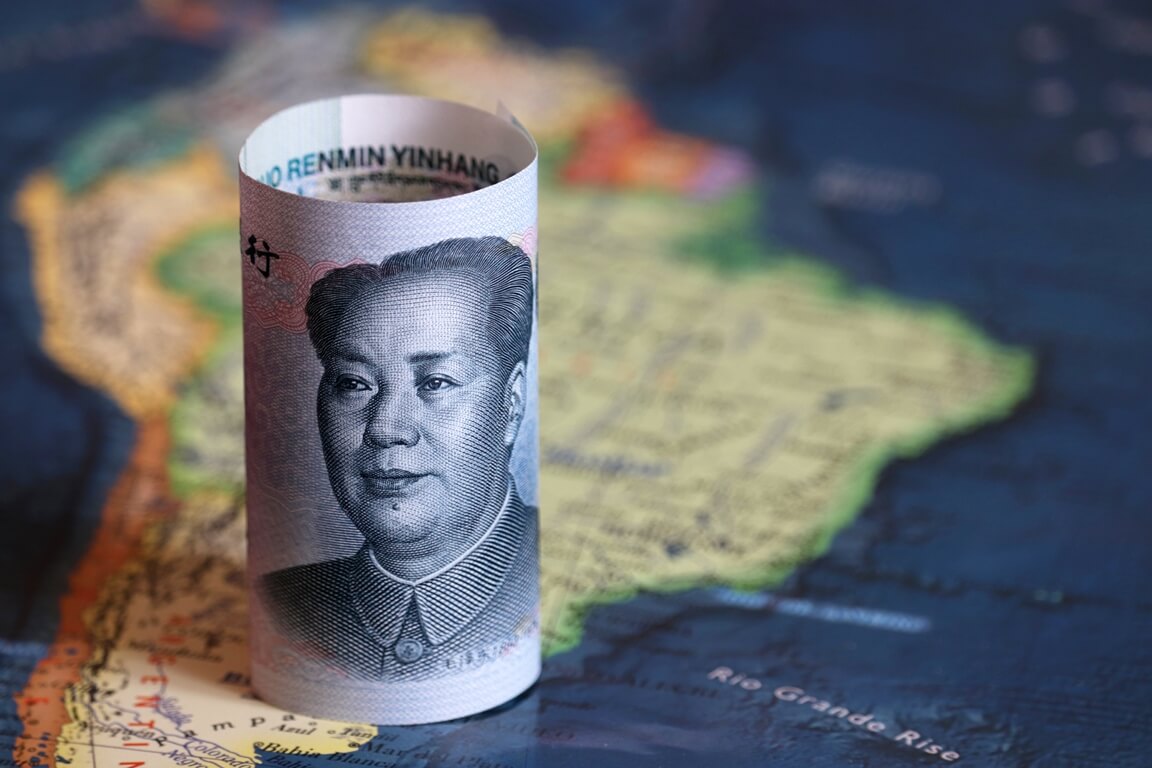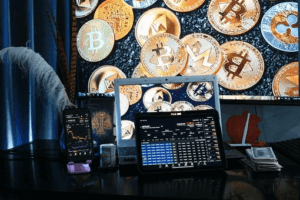The euro remained close to a five-year low versus the U.S. dollar on Tuesday. Investors expect the Federal Reserve to hike rates this week. They are also waiting for European Central Bank President Christine Lagarde to give some hints on her monetary policy plans. Thus far, the Fed has taken an increasingly aggressive approach to monetary policy as inflation soared at its fastest pace in 40 years. On the other hand, the ECB has been more cautious.
Analysts think that the U.S. central bank will raise interest rates by 50 basis points. It may also announce plans to reduce its $9 trillion balance sheet when it concludes its two-day meeting on Wednesday. Meanwhile, ECB Vice President Luis de Guindos stated over the weekend that its Governing Council hadn’t discussed any predetermined path for rate hikes. He also added that much would depend on macroeconomic data in June.
According to Jeremy Stretch, the head of G10 FX strategy at CIBC, after the dovish comments from de Guindos over the weekend, the market participants will monitor Lagarde’s latest comments today. Currently, forex markets are pricing 90 basis points in interest rate increases by the end of the year. The first hike is expected in July.
Concerns about economic growth, inflation, and energy insecurity as a result of sanctions imposed on Russia have sent the common currency 14% lower against the greenback in three months. On Tuesday, the euro remained flat at $1.05040. It had plummeted down to $1.0470 on Thursday, hitting its lowest since January 2017.
Jane Foley, the head of FX strategy at Rabobank in London, stated that the euro seems to have found some support just above the 1.05 area, which strengthened today by a slightly softer U.S. dollar.
How is the U.S. dollar trading?
The greenback was also flat at 103.6 against a basket of six major currencies on Tuesday. It had hit 103.48 on Thursday, the highest level since December 2002. Though the chances are low, some traders are watching for the possibility of a 75-basis-point hike from the Fed or a faster pace of balance sheet reduction than analysts expect currently.
In past weeks, the U.S. dollar has also gained thanks to safe-haven flows as coronavirus restrictions in China have triggered fears about global growth. The greenback reached 6.6880 against the Chinese yuan in offshore markets, its highest level since November 2020.
On the other hand, the Japanese yen exchanged hands just above 20-year lows against the dollar reached on Thursday. The currency stood at 130.10 at last, after reaching 131.24 on Thursday.










